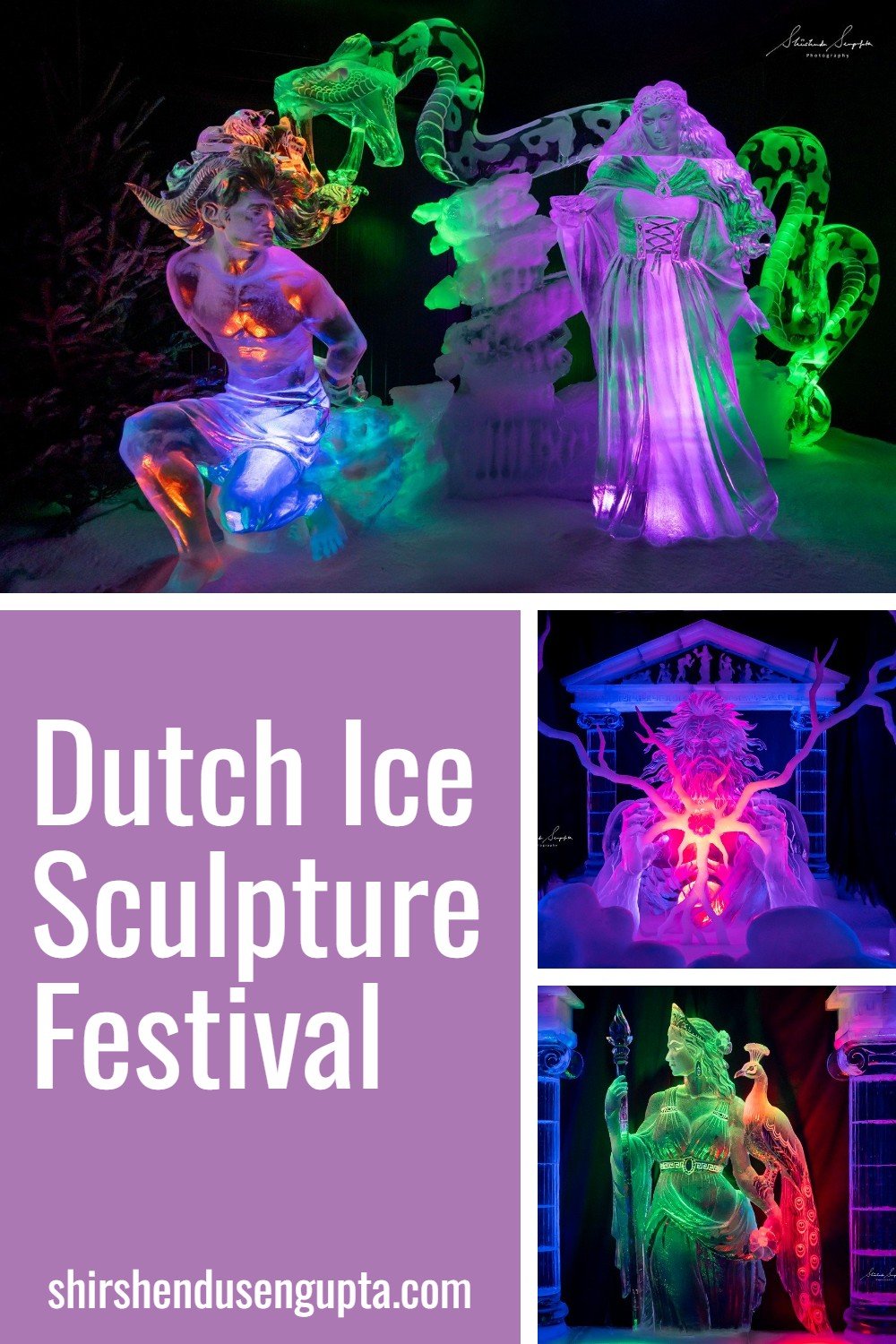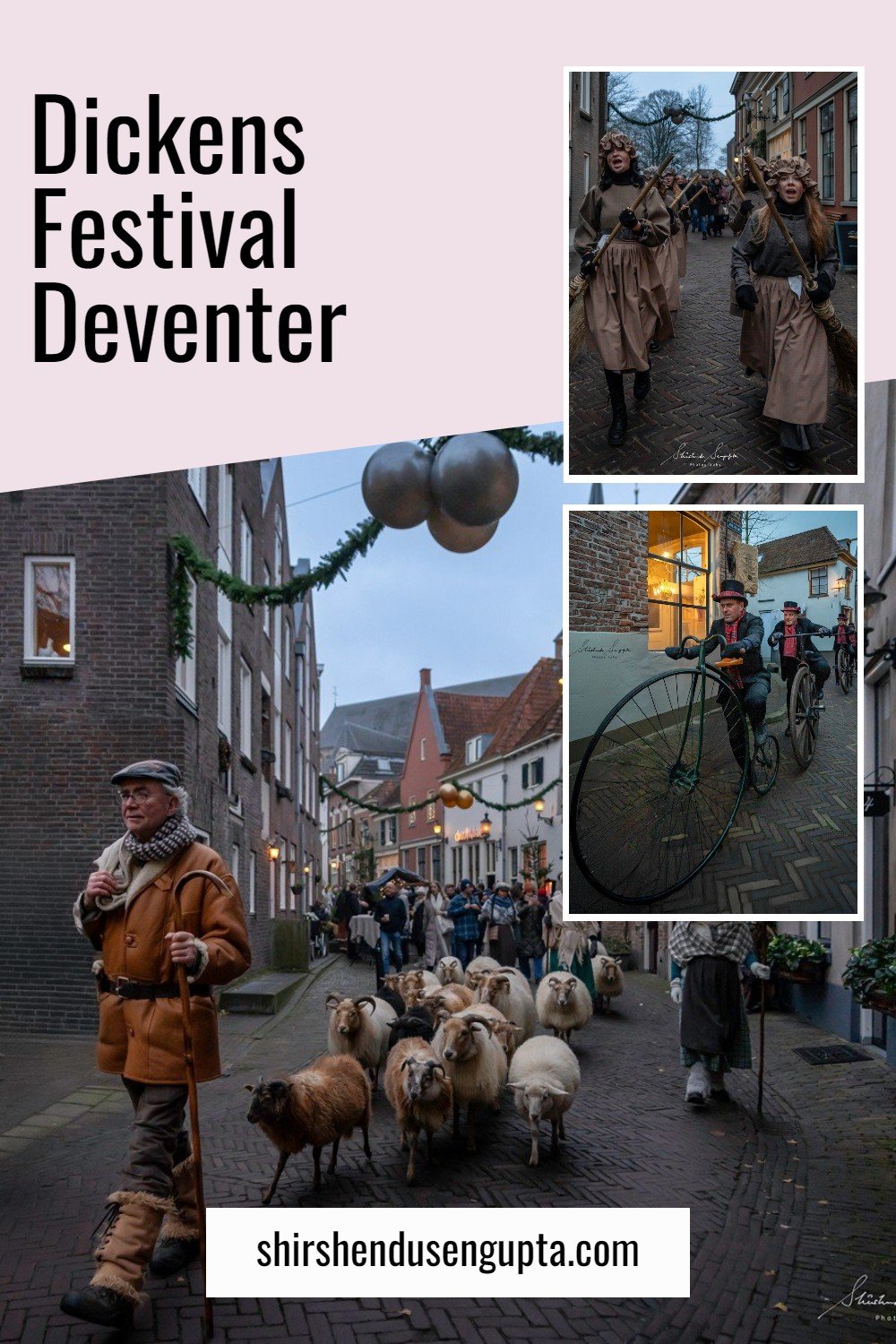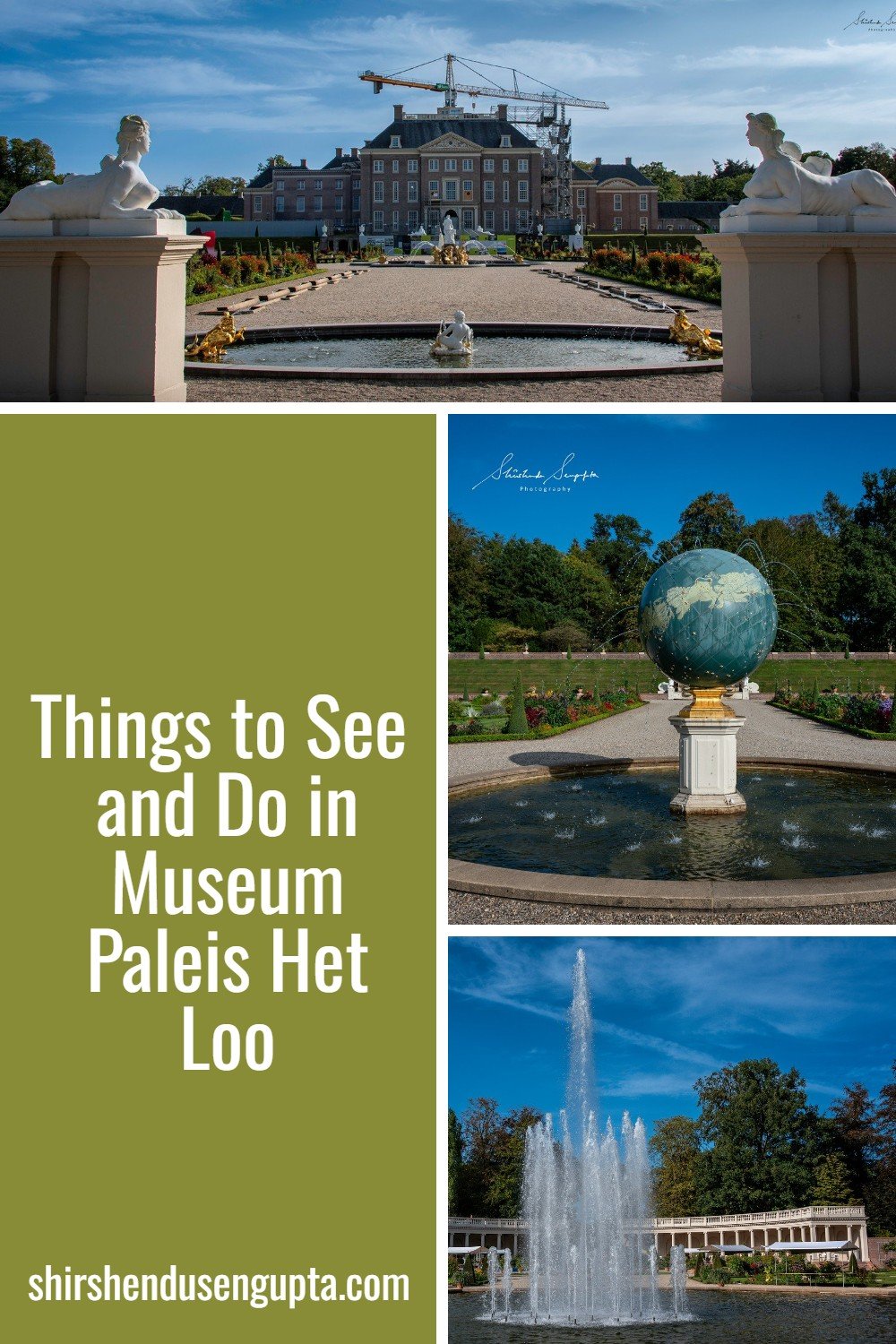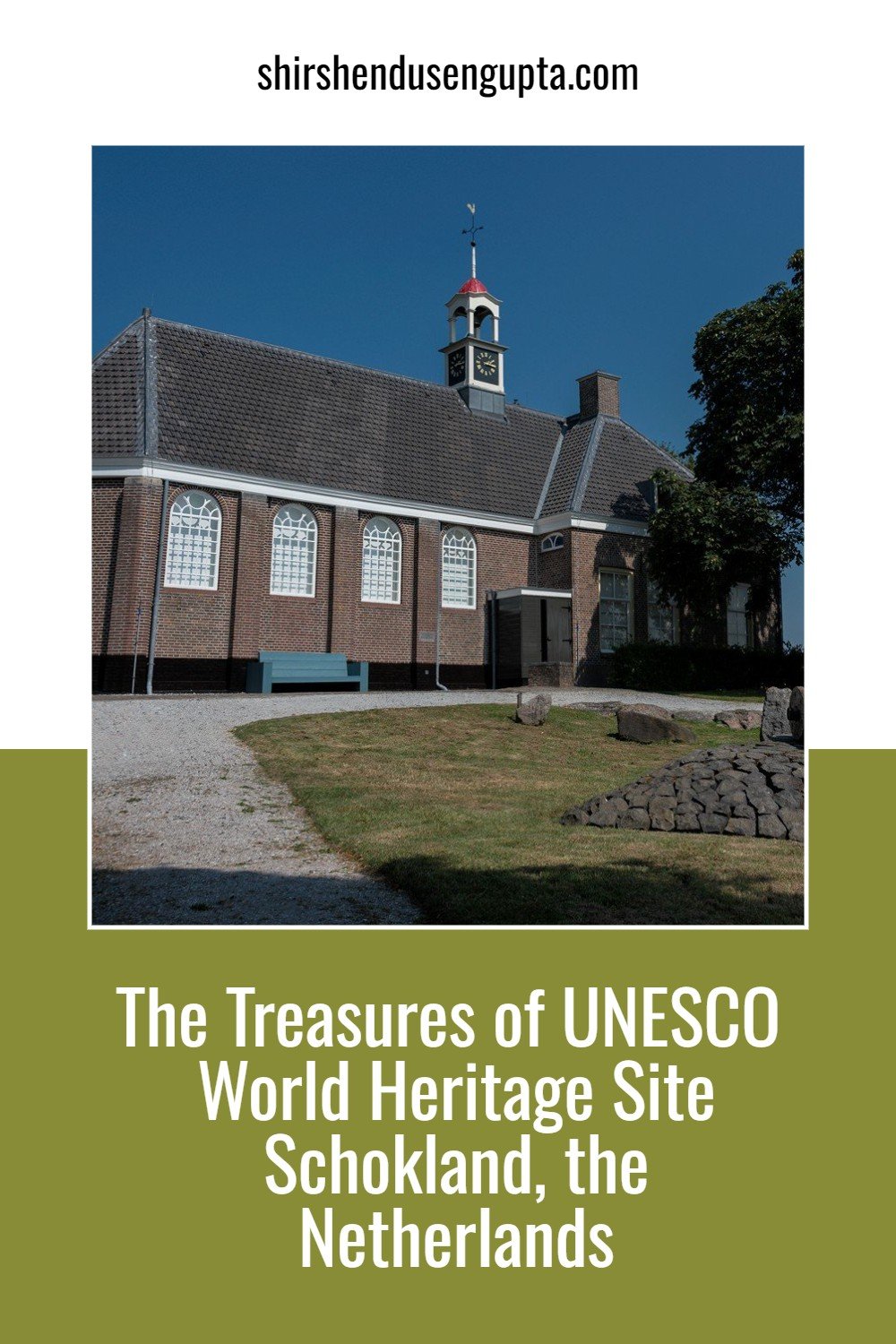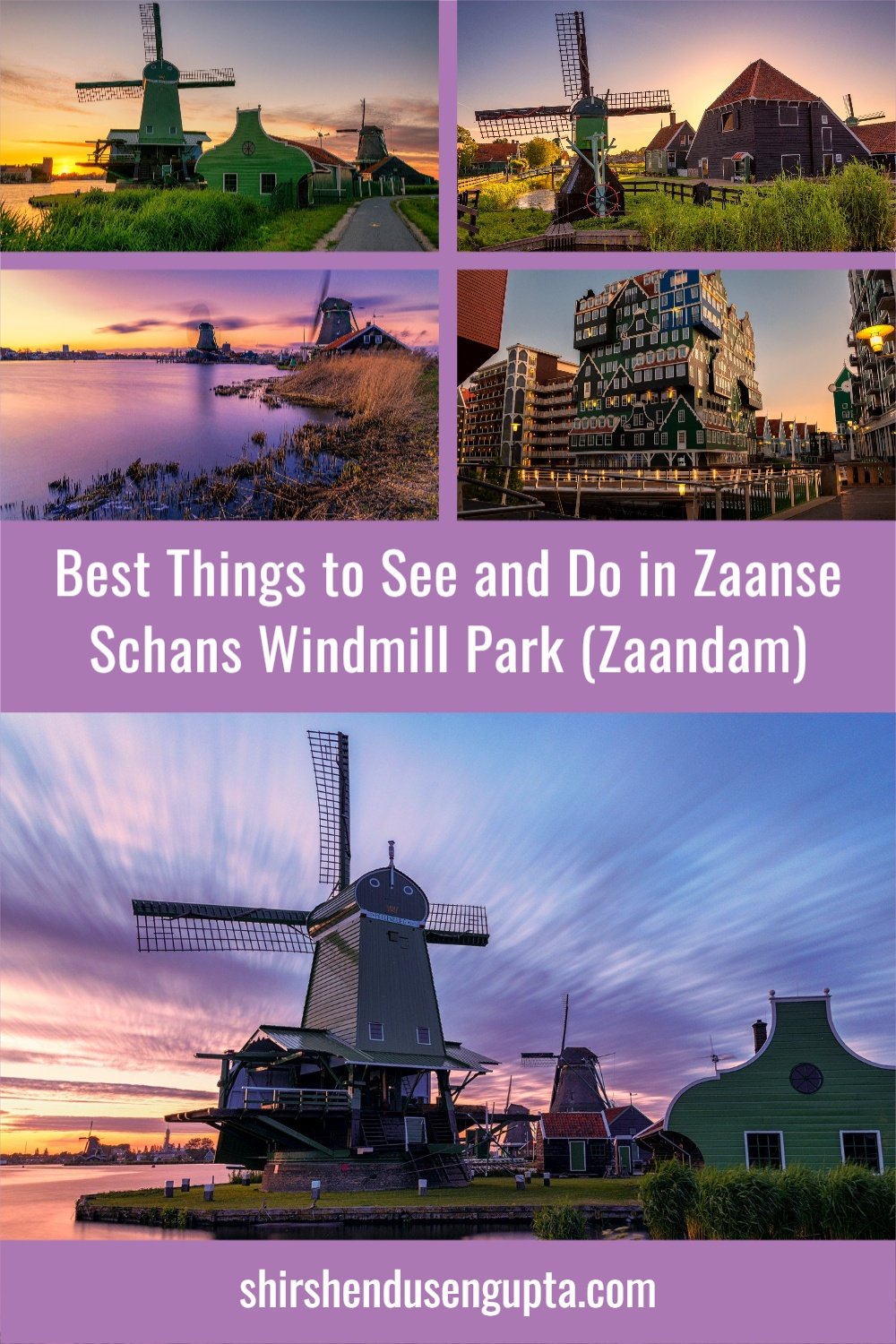Explore the Fairytale Kasteel de Haar (De Haar Castle) in Haarzuilens, Utrecht | Day Trip from Amsterdam to the Largest Castle in the Netherlands
Prologue
If Gregory Peck got lost trying to find the bathroom just next to his bedroom on his first visit to Kasteel de Haar in 1960, you know there must be something special about this castle. To be honest, most apartments in central Amsterdam are smaller than the average bathroom in this medieval castle. And with ornate furnishings across the rooms, corridors, and baths, it’s easy to imagine that it may have been quite tedious for him to find the switch of the light, especially in the dark!
But Peck is only one of the lengthy list of famous people and political figures who visited the castle between the 1950s and the 1970s, including Michael Caine, Elizabeth Taylor, Roger Moore, Brigitte Bardot, Yul Brenner, and Coco Chanel. And the reason is easy to ascertain. This 135-acre estate houses lush gardens, charming ponds and canals, a chapel, a hedge maze, and a large number of deer. The castle itself would not appear out of place on a fantasy book cover. It has 200 rooms and, in case you were wondering, 30 baths. It was constructed in the neo-Gothic style and features towers, moats, drawbridges, and ramparts. Today, we’re going to explore this largest fairytale castle in the Netherlands. Let the journey begin!
And, if you want to know more about the best castles and palaces in the Netherlands and how to visit them, please read our article A Guide to 9 Best Castles and Palaces in the Netherlands | Top 9 Most Beautiful Castles and Palaces in the Netherlands to Visit.
Welcome to Kasteel de Haar (De Haar Castle)
Kasteel de Haar is the biggest and most opulent castle in the Netherlands, once privately owned by the Van de Haar family from the 14th century. As a memorial to the illustrious Van de Haar family, Baron Etienne van Zuylen van Nijevelt van de Haar and Baroness Hélène de Rothschild had the castle rebuilt from a ruin between 1892 and 1912 by master architect Pierre Cuypers (known for the Rijksmuseum and Amsterdam Central Station). He transformed the run-down castle into a contemporary residence that would accommodate the baron and baroness as well as their many esteemed guests. He equipped the castle with opulent luxury for that era, including a passenger elevator, Turkish bath, running water, central heating, and an ultra-modern kitchen!
Apart from its stunning exterior and internal design, Kasteel de Haar is replete with intriguing stories. You travel along three floors when visiting Kasteel de Haar. Each room and floor has a unique anecdote to tell. Wander through the dining room, the library, the knight's hall, the old kitchen, and further exquisite chambers. However, the Gothic Main Hall, with its 18-meter-tall gold-leafed vault, is the focal point. Today, 300,000 people on average visit Kasteel de Haar annually!
A Brief History of the Castle
The First Acquisition of the Castle by the De Haar Family
The castle’s history dates back to least as far as the late 14th century. The earliest recorded mention appears in a deed dated 1391. At that time, Hendrik II van Vianen, Prince Bishop of Utrecht, lent the property to Gijsbrecht Boekel van de Haar of the De Haar family. During the Middle Ages, members of this family moved to Utrecht from the vicinity of Cleves, where they acquired money by draining the surrounding swamps. Back then, the castle was just a residential tower with moats.
Reconstruction of the Castle thanks to the ‘New Money’
The castle saw multiple restorations and expansions until the final occupant passed away, following a string of raids and destructions, notably one in 1482 during the Hoekse and Kabeljauwse conflicts by the pro-Burgundian Cods. In 1672, French attackers extensively devastated the castle. 1674 saw more devastation from severe weather that also affected Utrecht's Dom Church. The estate changed hands a few times before Baron Etienne van Zuylen van Nijevelt inherited it in the 1800s. By that point, the structure was little more than a wreck.
Baron Etienne wed the affluent French baroness Hélène de Rothschild in 1887. He left a lasting impression on his future bride when dressing as Hercules at a "masquerade ball" in Paris, where he first met her. This meeting secured De Haar's fate even though both families opposed the marriage. The baron and his newly wed wife who was heiress to a French banking fortune, were determined to replace the then ruins of the castle with one of the most remarkable castles in Europe. The passion for collecting was nothing new to Baroness Hélène de Rothschild. She was raised in a prominent family of global financiers dating back to Napoleon's reign. The Rothschild family constructed expansive castles and country homes around Europe in the 19th century, furnishing them with exquisite collections of furniture, paintings, tapestries, silverware, and porcelain.
Cuypers' Fairytale Castle
In 1892, the Baron and his wife employed Pierre Cuypers and, subsequently, his son Joseph to work on the project. The Rijksmuseum and Amsterdam Central Station had already been designed by the renowned architect by that point. Etienne had specifically requested a central hall in the ‘Cathédrale style.’ So, Cuypers worked on designing the stunning main hall that resembled the interior of a Roman cathedral with its Gothic windows, rosettes, pinnacles, and large statues alongside adding elaborate wood carvings, stained-glass windows, and statues across the entire castle. It is not surprising that Cuypers had already designed dozens of churches in the neo-Gothic style. In addition, he also packed the castle full of "modern luxuries" like electric lighting, a telephone, and steam-powered heating.
Lifestyle of the Barons
The lifestyle of the barons was anything but medieval. Etienne served as president of the "Club Automobile de France" and the "Aéro Club de France," and was among the first champions in both automobiles and aircraft. He also assumed the position of honorary chairman of the Dutch Automobile Club and played a significant role in this field in the Netherlands. Etienne planned an automobile rally between Paris and Antwerp in 1898 around this time. While the castle was gradually built and finished by 1907, the baron and baroness divided their time between the Netherlands, France, and several travels throughout the world. At the start of the 20th century, one of these trips took them to the Middle and Far East. From this voyage, they returned with a plethora of goods, among them numerous antique Chinese and Japanese ceramics. Additionally, they purchased art pieces from well-known antique merchants worldwide.
The Castle Gardens
Hélène also had grand ideas for the property's grounds. According to the plans of Hendrik Copijn, the landscape architect who worked along with Cuypers, she chose to plant 7,000 mature trees on the site. The only issue was that they were too big to go through Utrecht's tiny streets, so she had them transported in from other parts of the area. Relentlessly, Hélène acquired a city residence obstructing a section of the path and proceeded to have it demolished, according to the legend.
The ‘September Tradition’ and its decline
The baron and baroness had no intention of relocating to the castle permanently. They regarded it more as a vacation house, hosting a variety of well-known guests each September. All kinds of contemporary comforts like a modern kitchen, Turkish bath, electricity, hot and cold running water, central heating, and a passenger elevator were added to the castle for that occasion since the baron and baroness also wanted to impress their friends and family by inviting them to the castle. By the end of the 1800s, all of this was considered quite lavish in the Netherlands. Not even the queen lived in such luxury. Royal blood, nobles, and the new affluent, including writers, bankers, manufacturers, and artists visited the castle. In 1901 Queen Emma visited De Haar.
The castle was eventually passed down to their only surviving son Egmont who, along with the rest of the family, fled to New York as World War II engulfed Europe. The land was utilized by the military and for refugee accommodation both during and after the war. The grounds were turned into vegetable gardens, but the castle itself was spared destruction. Meanwhile, a large number of Hélène's trees were felled for fuel. Egmont carried on what the family called "The September Tradition" following World War II. Later, Baron Thierry, the son of Egmont, made sure that there was a true revival starting in the 1960s. Brigitte Bardot, Gina Lollobrigida, Joan Collins, Roger Moore, Gregory Peck, and Yves Saint Laurent are among the celebrities who visited De Haar.
Kasteel de Haar today
It should go without saying that such extensive castle maintenance and lavish party hosting are not inexpensive endeavors. The Van Zuylens were gradually overtaken by the changing times and the expenses of maintenance. After Thierry and Gabrielle's 1980s divorce, the castle's medieval foundations began to collapse in the late 1990s. In 2000, the family took the painful decision to split up the property. The castle was given to the "Stichting Kasteel de Haar" foundation, along with a few hundred acres around it. A nature reserve was created out of the remaining land. The castle underwent steady restoration work over the following 10 years, and it was finally opened to the public in 2011, following Baron Thierry's death in early 2011. Currently, Baron Thierry's five daughters and granddaughters are the ones who carry on ‘The September Tradition.’ The family still has the privilege of spending one month here annually even though they no longer own the castle.
What to do at Kasteel de Haar?
Explore the Castle Interiors - The first thing to do at Kasteel de Haar is to visit the castle itself. The castle still has the same appearance as it did in the previous century and therefore, transports guests back to the days of the castle's and its residents' glory. With its abundance of artwork and cultural heritage, Kasteel de Haar demonstrates the un-Dutch splendor in which the inhabitants and their guests lived. Admire the magnificent gates, drawbridges, towers, and moats, and learn for yourself all the tales about the events that transpired while the baron and baroness were living there. And for kids, Kasteel de Haar is a living fairytale. They learn everything there is to know about castle living. From using the coal burner for cooking to enjoying meals in the exquisite dining room, they feel like knights or princesses.
Explore the Park - Once you’ve seen the castle interiors, head outdoors for an exciting park treasure hunt during pleasant weather. Wander around the expansive English landscape park, complete with beautiful bridges, meandering walkways, and a maze. You can also explore the deer park, Rose Garden, Boxwood Parterre, and Roman Garden.
Eat - You can have a coffee, lunch, or drink at the Museum Café, grab a pancake at Koetshuis de Haar, indulge in ice cream at Tuynhuis, or pack your own sandwiches and relax on the picnic meadow.
Party - Kasteel de Haar can also be reserved for a wedding, school excursion, or company outing.
How to visit Kasteel de Haar?
Address: Kasteel de Haar, Kasteellaan 1 3455 RR Haarzuilens, Utrecht
GPS Coordinates: 52.1214° N, 4.9862° E
Parking: There is a big parking lot at the castle
Public Transport: From Amsterdam Centraal take the train to Utrecht Centraal. From Utrecht Centraal take a train in the direction of Den Haag Centraal or Woerden, and get down at Vleuten. Once in Vleuten, take Bus 111 (accessible exclusively on weekends in the summer) to Kasteel de Haar, which is a 2-minute walk away. Else, take the Bus 127 from Vleuten to Breukelen, and disembark at Brink in Haarzuilens, from where you can walk 15 minutes to the castle.
Best time in the year to visit: Any time during the year
Accessibility: No facilities for wheelchairs. Dogs are only permitted in the park but only with a leash
Opening Hours and Ticket Prices: For information on opening hours and ticket prices, visit their website mentioned below
Website: kasteeldehaar.nl/english
Epilogue
So that was the story about Kasteel de Haar. Please let us know in the comments below if you enjoyed reading this article.
And, if you want to know more about the best castles and palaces in the Netherlands and how to visit them, please read our article A Guide to 9 Best Castles and Palaces in the Netherlands | Top 9 Most Beautiful Castles and Palaces in the Netherlands to Visit, or if you want to know about more such places to take fantastic pictures in the Netherlands, please read our article Instagrammable Netherlands | 39 Best Photography Locations in the Netherlands | 39 Top Photo Spots in the Netherlands. Until then, merry traveling and happy shooting!
Pin the article
Bookmark the article for reading later!
Want to license/buy photos in the article?
License photos for commercial/editorial use or buy photo prints!
Want us to write an article for you?
Articles for magazines, newspapers, and websites!
Watch our Videos
Check out our videos on our Youtube Channel!
Join the Newsletter
Get updates on our latest articles!
We respect your privacy. Read our policy here.





